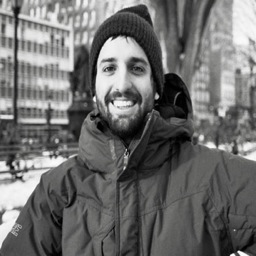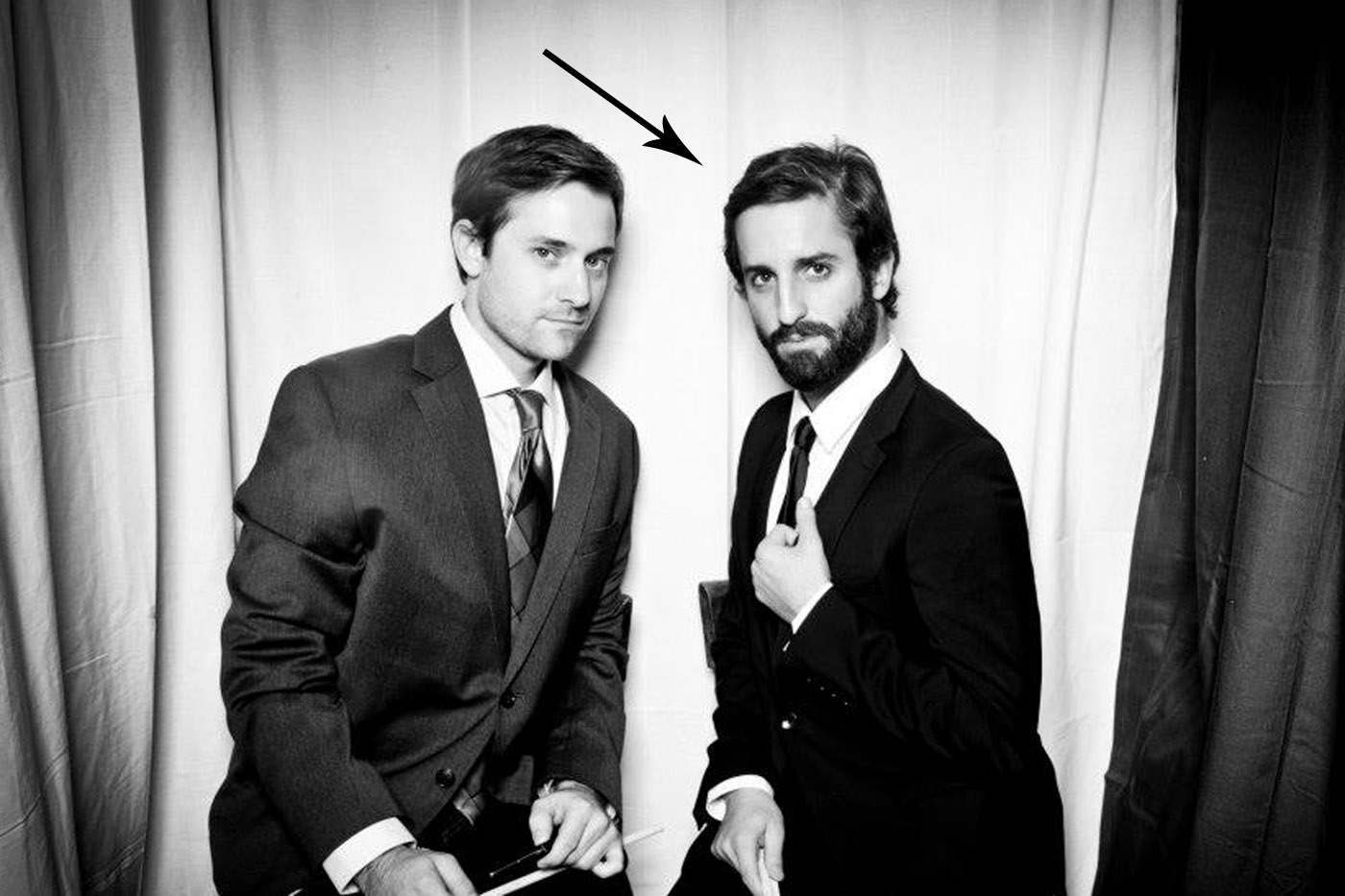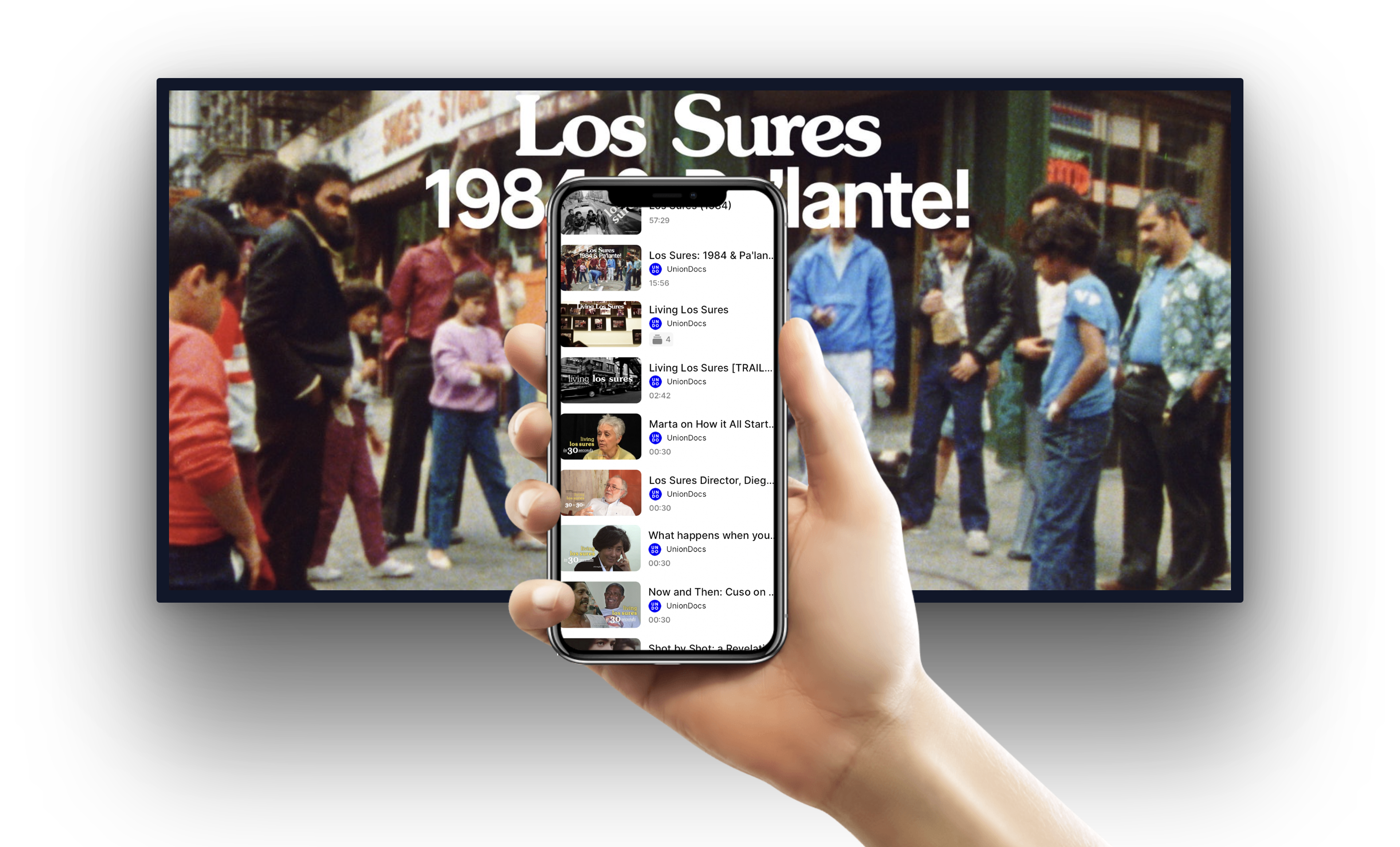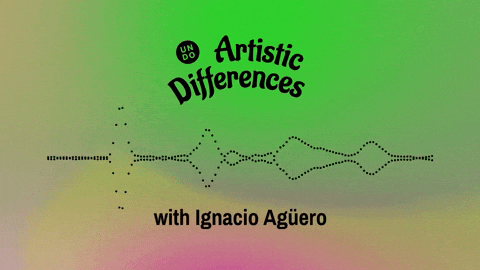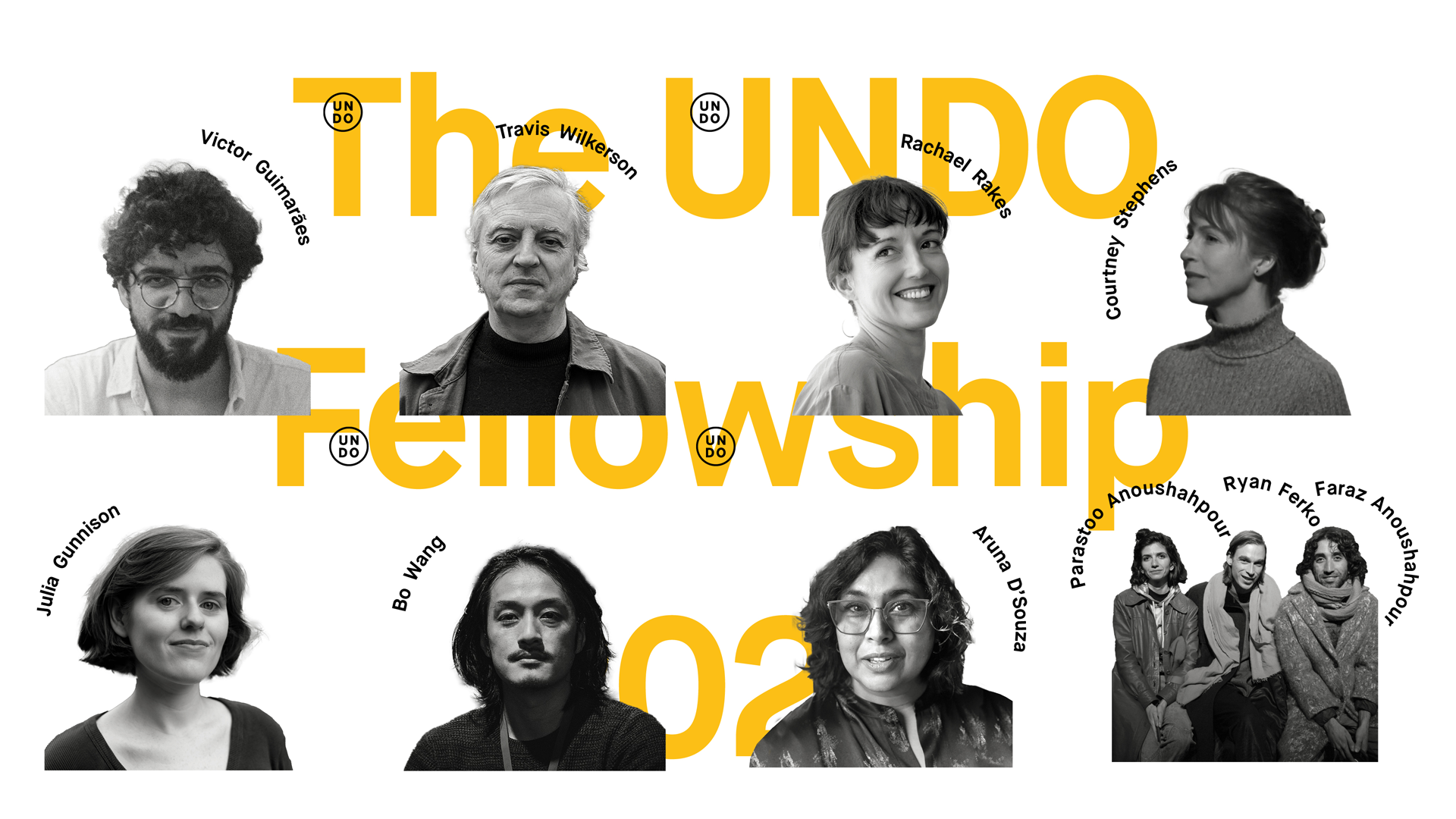Brooklyn Arts Council Presents a survey of new short documentaries on current political and social struggles, all by local filmmakers and videojournalists. Includes new work produced by the Brooklyn Filmmakers Collective and Storyhunter. Curated by Nick Shimkin.
Total run time: approximately 70 minutes
In No Place (World Premiere)
14 minutes | USA | 2012 | Digital Projection
Directed by Gabriel Long
In 1966 Stephen Oleskey was working on a civil rights campaign in Mississippi, when four state policemen pulled him over and forced him to stand trial in a barn in the middle of the woods. The experience was both terrifying and formative, powerfully illustrating the importance and reach of the constitution and directing him toward a career that would include advocacy work. In 2008, as an attorney, Stephen represented six men being held at the Guantanamo Bay prison. The case ended up before the Supreme Court, where Stephen and his team successfully argued that the men had the right to a trial. By exploring these interconnected stories, the film offers a personal and unique look at elements of the constitution and the law that are often obscured or forgotten despite their fundamental importance to our society.
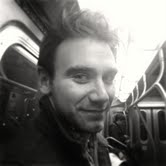 Gabriel Long was born and raised in Rhode Island. In college, he directed two short documentaries for Current TV and a thesis film (titled Adán) that played at several film festivals including the San Diego Latino Film Fest. In 2009 he was selected as one of four participants in Cinereach’s Filmmaking Fellowship, where he wrote, directed, and produced the narrative short The Drawing. The Drawing premiered at NewFest and went on to screen at the Inside Out Film Festival and on PBS in New York City. To support his filmmaking habit he has worked as an extra, assistant director, wedding photographer, bartender, location scout, soda jerk, and carpenter. He lives in Brooklyn.
Gabriel Long was born and raised in Rhode Island. In college, he directed two short documentaries for Current TV and a thesis film (titled Adán) that played at several film festivals including the San Diego Latino Film Fest. In 2009 he was selected as one of four participants in Cinereach’s Filmmaking Fellowship, where he wrote, directed, and produced the narrative short The Drawing. The Drawing premiered at NewFest and went on to screen at the Inside Out Film Festival and on PBS in New York City. To support his filmmaking habit he has worked as an extra, assistant director, wedding photographer, bartender, location scout, soda jerk, and carpenter. He lives in Brooklyn.
The Last Homecoming
4 minutes | USA | 2012 | Digital Projection
Directed by Nathan Fitch
When Maryann and Brightly found out that their son, Sapuro Nena had been killed in Afghanistan, they knew immediately that they wanted to have his body returned to his native island of Kosrae in the Federated States of Micronesia. Citizens from the Federated States of Micronesia serve in the US Military at a rate that is approximately twice that per capita of US citizens from any US state. The Last Homecoming explores the impact that this service is having upon a small community in the Pacific, and is the subject of a feature length documentary, Island Soldier by Nathan Fitch (currently under production).
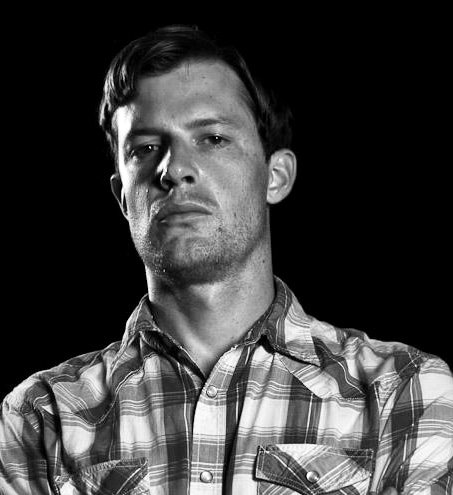
Nathan Fitch is a photographer and filmmaker, who has had his work featured on TIME magazine, ESPN, WNYC and numerous other media outlets. From 2004-06 Nathan volunteered in the Peace Corps in Micronesia, doing historic preservation work. This informative experience resulted in an interest creating media around the contemporary issues facing the Pacific, as well as the importance of community engagement in his film making practice. In 2011, Nathan directed the short documentary Impacts Upon an Island, premiering this summer at the Uno Port Art Film Festival in Okayama, Japan. Nathan is currently in production on his first feature length documentary, Island Soldier. Nathan is an MFA candidate in Advanced Studies in Nonfiction Media Making at Hunter College, and a member of the Brooklyn Filmmakers Collective.
Coney Island: The Darker Side of Dreamland
5 minutes | USA | 2012 | Digital Projection
Directed by Nathan Fitch
Along with many neighborhoods in New York, New Jersey and the eastern seaboard, Coney Island was gravely affected by flooding during Hurricane Sandy on October 30th, 2012. In the aftermath of Sandy, lower income communities such as Coney Island struggled to rebuild and resume normal life again. Among the stories in this short film is that of Adeline, an 81-year old Coney Island native who lived for 40 days and nights without heat or electricity, and of an immigrant family who’s landlord never showed up to renovate their apartment after the storm. Primarily known for providing New Yorkers and visiting tourists with amusement and thrills, this is the Darker Side of Dreamland in the days after Hurricane Sandy.
A Voice for Vacancy (Picture the Homeless)
9 minutes | USA | 2012 | Digital Projection
Collaboratively directed by Alex Mallis, Ahmed Tigani, Rached Mullen and Ryan Daniels
A documentary about the efforts of Picture the Homeless, a homeless rights group, in their struggle to properly identify vacant properties in NYC – vacancies they argue could and should be reclaimed by communities and put to use.
Alex Mallis lives in Brooklyn, NY. His films have screened at IFF Boston, Hot Docs, DOCNYC, UnionDocs, and on The Documentary Channel and BBC News. He recently completed Spoils, a short documentary about dumpster diving in New York City, and Right Here All Over, a widely viewed and shared short documentary exploring the community and culture of Occupy Wall Street.
His collaborative short, Matthew 24:14, won Best Film and Best Directing at the 2011 International Doc Challenge at Hot Docs. Alex is an avid photographer and greatly enjoys the darkroom. He is an MFA candidate for Integrated Media Arts at Hunter College (CUNY) and an active member of the Brooklyn Filmmakers Collective and the Meerkat Media Collective.
A Short Film About Guns
8 minutes | USA and UK | 2013 | Digital Projection
Directed by Minos Papas
Four experts share firsthand experiences that illuminate the global unregulated arms trade and how the illegal flow of weapons facilitates loss of life and local devastation. With fewer regulations than bananas, small arms are in constant worldwide circulation, crossing borders thanks to tacit nods and winks among government officials. The UN just passed the first Arms Trade Treaty. A Short Film About Guns examines the global effects of the unholstered arms trade that called for this momentous agreement.
The Hunted and the Hated: An Inside Look at the NYPD’s Stop-and-Frisk Policy
13 minutes | USA | 2012 | Digital Projection
Directed by Ross Tuttle
Featuring the only known audio of an actual stop, the short documentary The Hunted and The Hated offers a troubling look at the NYPD practice that’s occurred more than five million times on New York City streets in the past decade; and for the first time, viewers can get a real sense for why the practice, as it’s carried out by New York’s Finest, is engendering so much anger in communities across the City. The video includes the unprecedented audio and a critique of the practice from unlikely sources: cops currently on the beat, who offer insights into the pressures driving officers to be hunters and not helpers.
Ross Tuttle is a journalist and documentary producer based in Brooklyn, NY. He has been working in documentary television for more than a dozen years. His work on an array of social-issue, history, literary and human-interest programming has appeared on network, cable and Public Television (Frontline, History Detectives, Invitation to World Literature) and at various film festivals in the United States and Canada. He was also a producer and shooter on the critically acclaimed feature-length documentary “King of Kong.” He has written for a variety of publications including the New York Times, The Nation, Foreign Policy, the Baltimore Sun and the LA Weekly on a wide range of subjects – such as the civil wars in Sri Lanka and Cyprus, and America’s detention and prosecution regime in Guantanamo Bay, Cuba, in the aftermath of 9/11. For his Guantanamo reporting he was awarded multiple Nation Institute Investigative Grants. Recently, he has been working on a series of short documentaries about the NYPD and the department’s practice of stop and frisk.
Police on Playback: Copwatch in New York City
7 minutes | USA | 2012 | Digital Projection
Directed by Nate Lavey, Rachel Tomlinson, Martyna Starosta
Stories of police brutality are often told in a way that casts victims as helpless bystanders of cops run amok. We met with Sean Pagan, a recent victim of police violence, and found that his story changes how we think about policing in New York. Sean’s story shows that communities are finding new and innovative tactics for dealing with discriminatory policing, beyond waiting for legislative reform. One such tactic is copwatch, where individuals or teams film officers making arrests. But what’s the history of the tactic? What are the risks, limitations and impact of filming the police? And how do these videos change the way we understand narratives of police violence?
Produced for Waging Nonviolence by the New York Video League. The New York Video League was founded this summer by Nate Lavey, Rachel Tomlinson and Martyna Starosta.
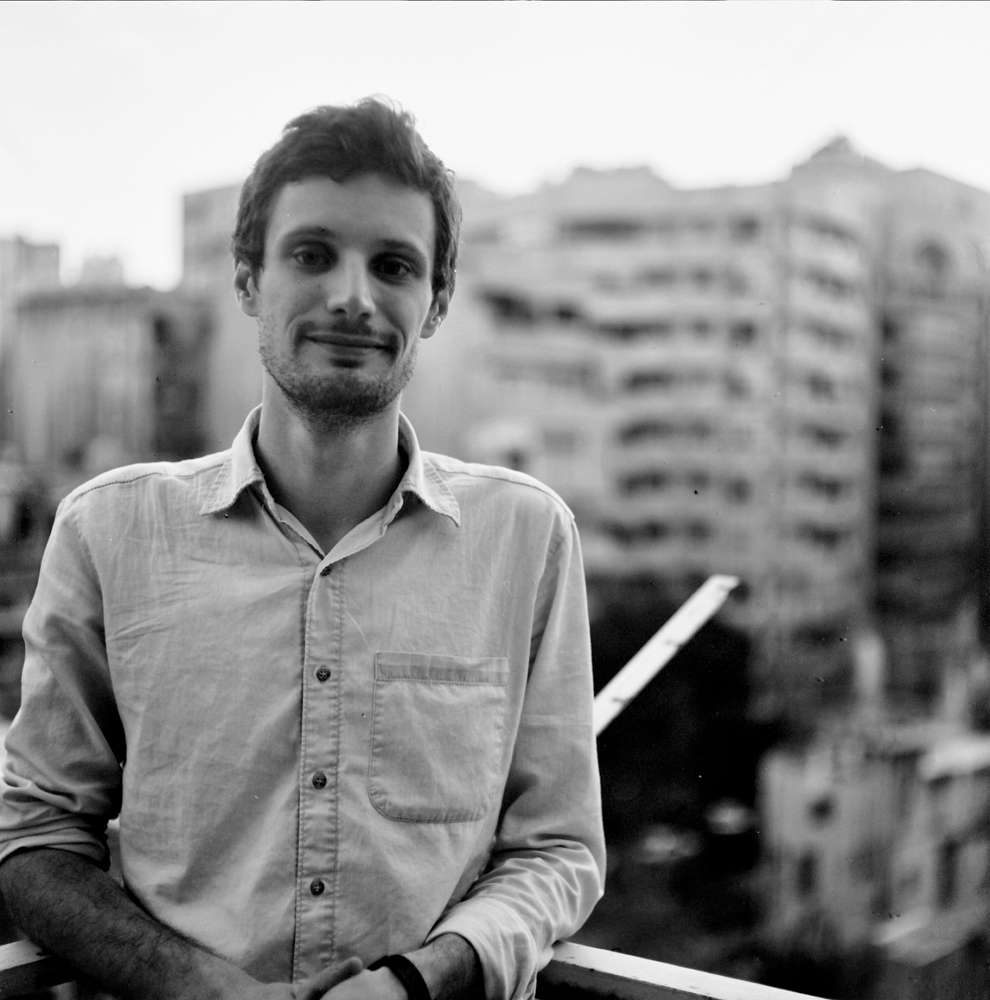 Nate Lavey is a journalist and documentary filmmaker focused on social movements. He’s reported on the revolution in Tunisia, the 2012 Montreal student strike and police brutality in New York City. He is currently working on a film about Lenin’s homes in Poland.
Nate Lavey is a journalist and documentary filmmaker focused on social movements. He’s reported on the revolution in Tunisia, the 2012 Montreal student strike and police brutality in New York City. He is currently working on a film about Lenin’s homes in Poland.
Rachel Tomlinson is a filmmaker living in Brooklyn, NY. She has produced videos on the Quebec student protests, reincarnation stories in Lebanon and police brutality in New York City.
Mexican Families Affected by Hurricane Sandy
6 minutes | USA | 2013 | Digital Projection
Directed by Livia Perini
Three Mexican families recount the night Hurricane Sandy hit Staten Island, New York, flooding their homes and changing their lives for the foreseeable future.
Founded in 1966, Brooklyn Arts Council (BAC) is the leading nonprofit organization serving Brooklyn artists and cultural groups in the visual, performing, media and literary arts, and ensuring Brooklyn residents have access to affordable arts experiences. BAC gives grants, presents free and affordable arts events, trains artists and arts professionals, teaches students, incubates new projects and promotes artists and cultural groups in all disciplines across our borough. They are the go-to service group for Brooklyn artists, and for finding out about the wide array of cultural groups and projects in our area, and are also one of the main organizations working to preserve the arts in Brooklyn schools, after school programs and community centers. BAC leadership has helped Brooklyn become home to more artists than any other borough, and for the arts to flourish in Brooklyn’s amazing diversity of neighborhoods.


